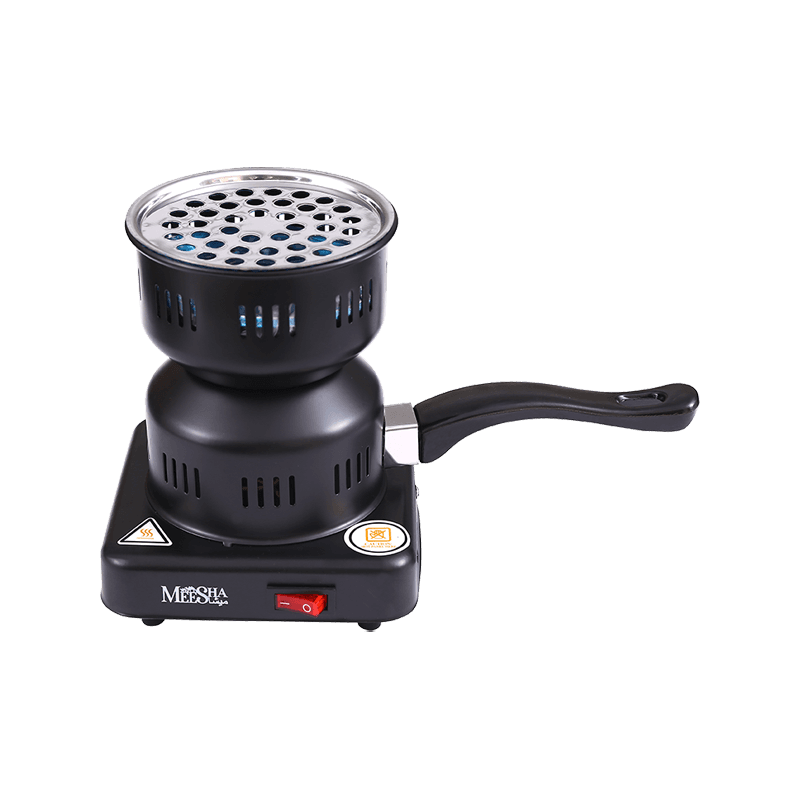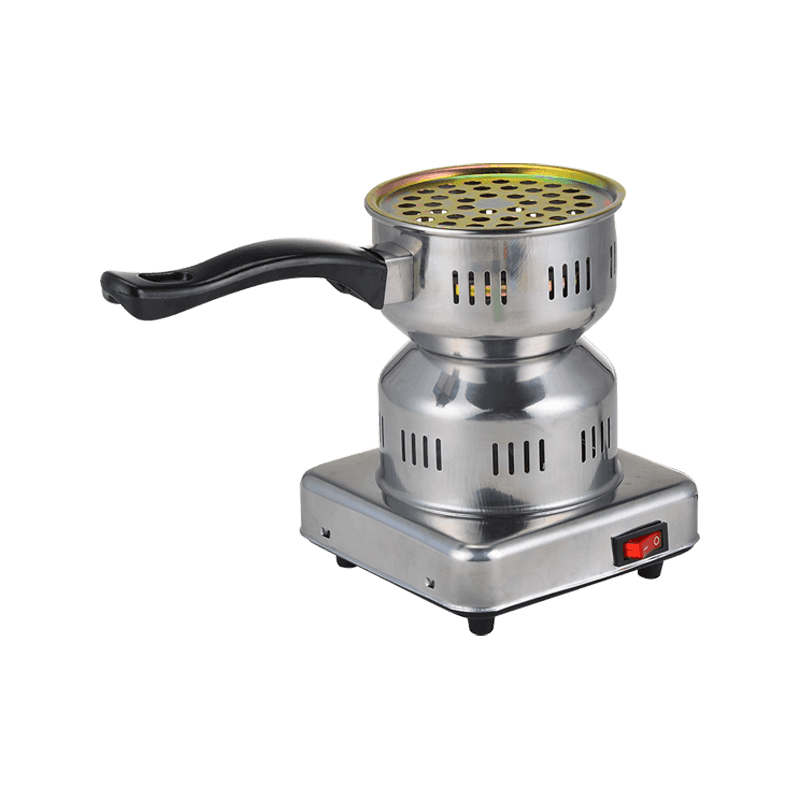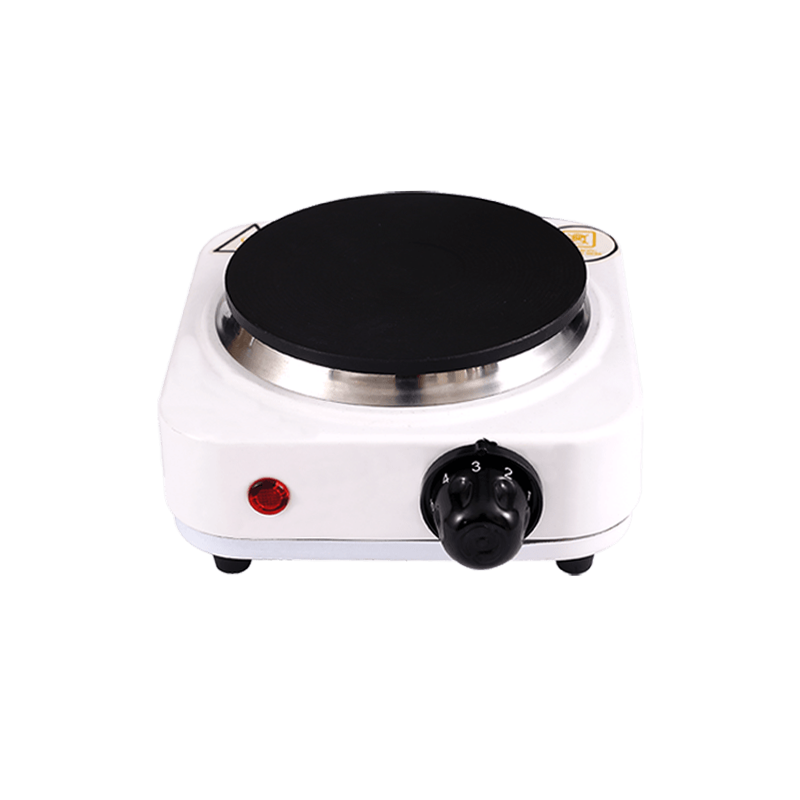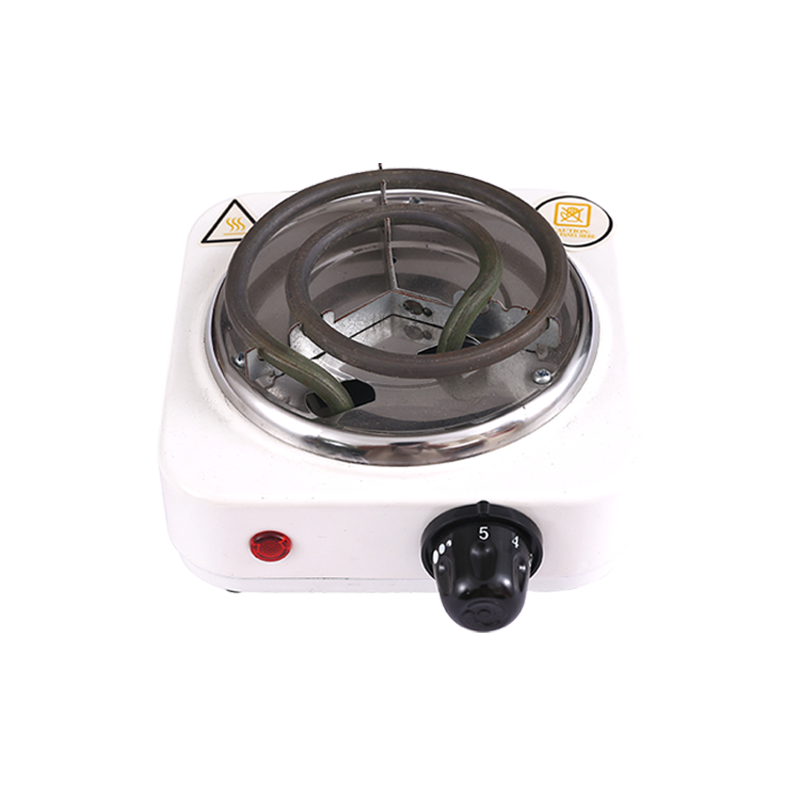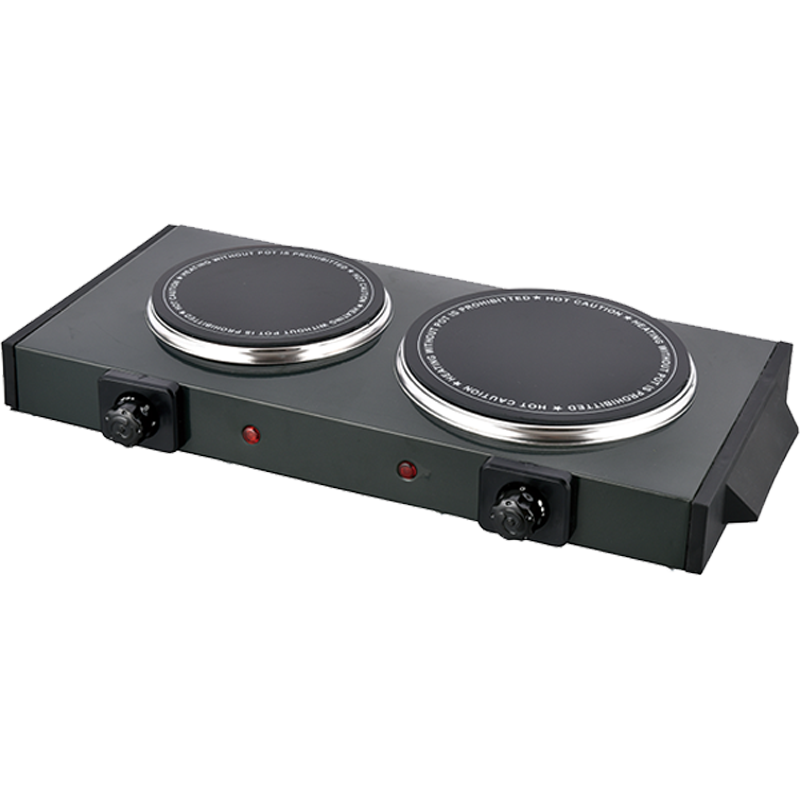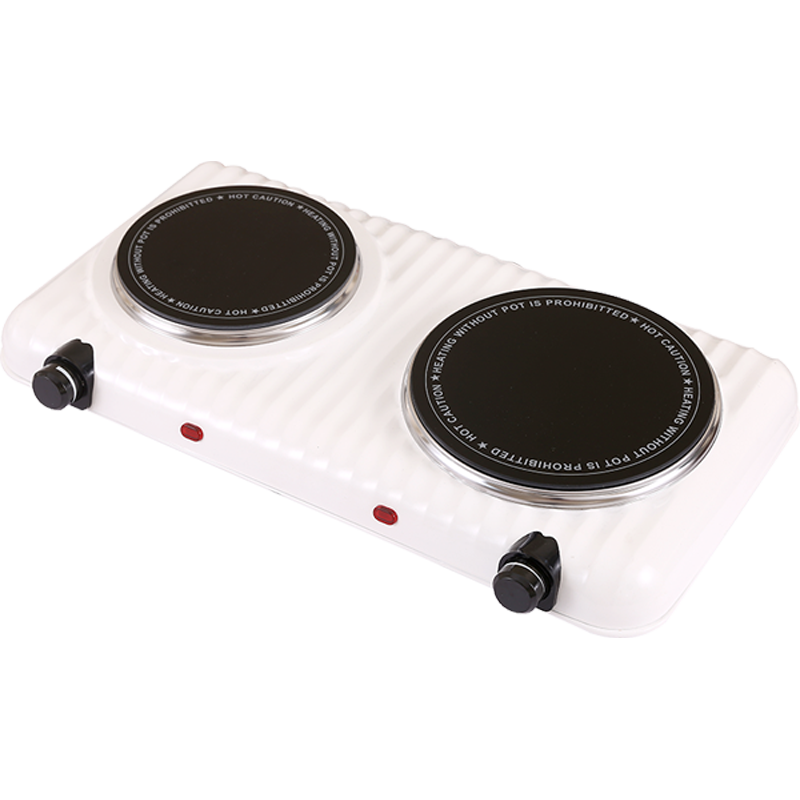+86-579-87253168
Electric Hot Plate Sparks Debate in Modern Kitchens
An Electric Hot Plate is increasingly becoming a subject of discussion in homes, laboratories, and even small food businesses, as questions arise about its usefulness, limitations, and whether it can serve as a substitute for traditional gas stoves.
What is an electric hot plate used for?
The first question many people ask is: what is an electric hot plate used for? Despite its compact design, its applications are surprisingly diverse. In domestic environments, it offers a practical option for heating food, boiling water, or preparing simple meals in situations where a full kitchen is unavailable. Students in dormitories often rely on it, while residents of small apartments or studios find it convenient for everyday cooking needs.
Its utility, however, extends beyond the household. In laboratories, hot plates are used to provide controlled heat during experiments. Scientists and researchers appreciate their ability to maintain steady temperatures for chemical reactions or sterilization processes. Similarly, small food vendors or mobile kitchens may turn to hot plates for their portability and ease of setup. This adaptability explains why the device is now seen not just as a temporary substitute but also as a reliable tool in many specialized contexts.
What are the disadvantages of an electric hot plate?
The conversation is not complete without addressing another key issue: what are the disadvantages of an electric hot plate? Users often highlight slower heating compared to gas burners. Achieving high temperatures may take longer, which can frustrate those who are used to quick, responsive cooking.
Energy costs are another factor. While hot plates are convenient for short cooking sessions, longer use can lead to noticeable electricity consumption. This issue becomes more pressing in areas where electricity prices are high or where power outages are frequent, as reliance on electricity alone may disrupt cooking routines.
Durability and performance can also vary. Some models may deliver uneven heating, creating challenges when preparing certain dishes. Safety concerns, though mitigated by modern designs, are still present. If the appliance is left unattended or used improperly, risks of burns or fire remain. In addition, the limited number of burners—often just one or two—means preparing multiple dishes simultaneously can be difficult, making the device more suitable as a secondary cooking option rather than a full replacement for a conventional stove.
Is electric hot plate better than gas?
The third popular question—is electric hot plate better than gas?—reflects a broader global debate about energy, sustainability, and lifestyle preferences. From an environmental perspective, electricity can be generated from renewable resources, offering a potentially cleaner alternative to gas. However, in regions where power grids are still heavily dependent on coal or other fossil fuels, the environmental advantage may not be as significant.
In terms of cooking performance, gas stoves remain favored for their instant heat and precise temperature control. Professional chefs and avid home cooks often prefer the responsiveness that gas provides. Electric hot plates, on the other hand, excel in portability and safety, as they avoid risks associated with gas leaks.
Cost comparisons vary depending on regional infrastructure. In some areas, gas is more affordable and widely accessible, while in others, electricity may be the more practical choice. Ultimately, whether one is "better" depends on context. For individuals living in compact spaces, travelers, or those needing a portable solution, hot plates may provide clear advantages. For families or professional kitchens, gas often remains the preferred option due to efficiency and cooking power.
Looking Ahead
As living spaces become smaller and more flexible, and as global discussions around sustainability intensify, electric cooking devices are gaining more attention. Continuous innovation is expected to improve energy efficiency, safety features, and design versatility, making them even more appealing for modern lifestyles.
The debate is unlikely to end soon, but what is evident is that this simple appliance now represents more than just a cooking tool. It reflects changing priorities around convenience, energy use, and adaptability in a world that is constantly evolving.




 عربى
عربى